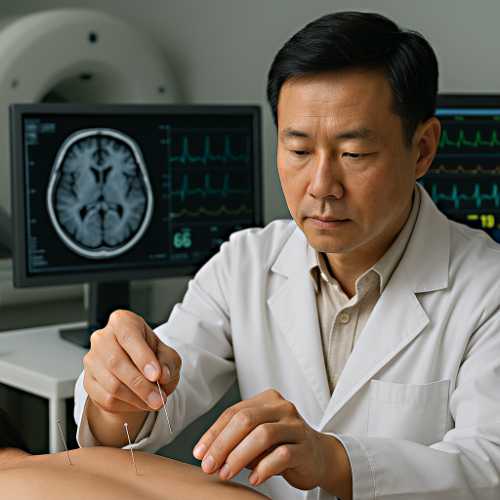Comparing Conventional and
Herbal Treatments for BPH
When faced with the discomfort of benign prostatic hyperplasia (BPH), many men are presented with two main paths: conventional pharmaceutical treatment or a more natural, often herbal approach. While these options are not mutually exclusive, understanding their mechanisms, benefits, and limitations can help individuals make informed, balanced decisions that reflect both scientific evidence and personal values.
Other Useful Herbs and Formulations
- Ji-Sheng-Shen-Qi-Wan: A commonly prescribed formula in Taiwan.
- Sang-Piao-Xiao-San: Another commonly prescribed formula, known for regulating heart and kidneys.
- Fu Pen Zi: A frequently used single herb.
- Yi Zhi Ren: A single herb commonly combined with Wu Yao for urine astringency and kidney warmth.
- Wu Yao: Another single herb used for urine astringency and kidney warmth.
- Huang Bo: Used in Chinese herbal medicine for BPH.
- Poria (Fu Ling): One of the most frequently used herbs.
- Rhizoma Alismatis (Ze Xie): Another commonly used herb.
- Radix Salviae Miltiorrhizae (Dan Shen): Used in a TCM prescription.
- Herba Epimedii (Yin Yang Huo): Used in a TCM prescription.
- Radix Linderae (Wu Yao): Used in a TCM prescription.
- Fructus Alpiniae Oxyphyllae (Yi Zhi Ren): Used in a TCM prescription.
- Rhizoma Curcumae (E Shu): One of the most frequently used herbs.
Conventional treatments typically begin with medications. The most commonly prescribed are alpha-blockers such as tamsulosin and alfuzosin, which help relax the smooth muscles of the bladder neck and prostate, improving urine flow and reducing urgency. Another class, 5-alpha reductase inhibitors like finasteride, works by shrinking the prostate over time by lowering levels of dihydrotestosterone (DHT), a hormone linked to prostate growth. These medications are generally effective, especially in combination, but they can come with side effects such as dizziness, fatigue, and reduced libido. Some men find these drawbacks disruptive, particularly if symptoms are mild.
In contrast, herbal therapies aim to reduce symptoms using plant-based compounds. One of the most studied is saw palmetto (Serenoa repens), often used in Europe as a first-line treatment. Though research results have been mixed, some studies suggest modest benefits in improving flow and reducing nighttime urination, especially in the early stages of BPH. Pygeum (from the African plum tree) and stinging nettle root are also commonly used, often as part of multi-herb formulations. Another well-researched option is rye grass pollen extract, sometimes marketed as Cernilton. Derived from the pollen of various grasses including Secale cereale, this supplement has shown promise in clinical studies for reducing inflammation and easing urinary symptoms without significant side effects. While these herbal remedies tend to be gentler than pharmaceuticals, their effectiveness varies based on the specific product, dosage, and the individual’s constitution or underlying condition.
Traditional Chinese Medicine (TCM) offers a third perspective. Instead of focusing solely on the prostate, it treats the pattern behind the symptoms. Common TCM formulas may include ingredients like yì yǐ rén (coix seed), zhī zǐ (gardenia fruit), or shān zhū yú (cornus fruit), chosen based on the patient's kidney function, dampness levels, and emotional state. Unlike standardized Western medications, Chinese herbal formulas are usually customized and may evolve over time. Clinical trials on these formulas are increasing, with some showing benefits comparable to pharmaceuticals, particularly in cases involving chronic or recurring symptoms.
In practice, many men select a hybrid path. For those with moderate to severe symptoms, medications may provide fast relief, while herbal or TCM strategies offer long-term support with fewer side effects. Others begin with herbs and only turn to medication if symptoms worsen. This integrative approach can be especially effective when overseen by practitioners who understand both systems and monitor interactions between herbs and drugs.
Ultimately, the best approach is individualized. Some may prioritize rapid symptom control, while others favor gentle, sustainable improvement with fewer risks. Both paths have merit, and with the guidance of qualified health professionals, men can often find a treatment strategy that fits both their physiology and their philosophy of care.



